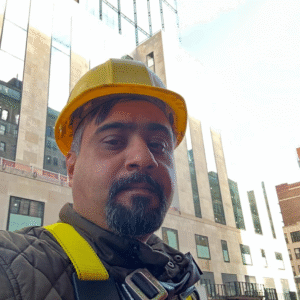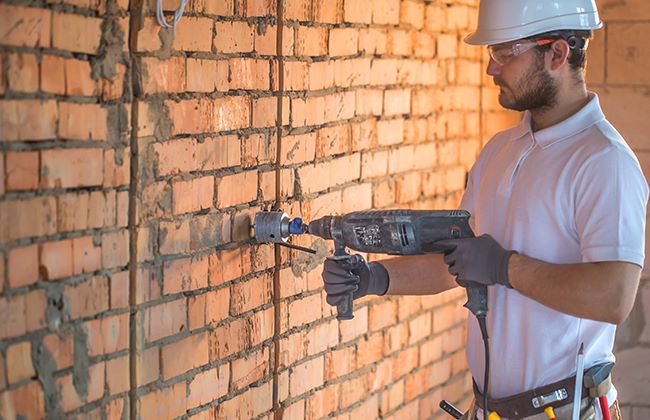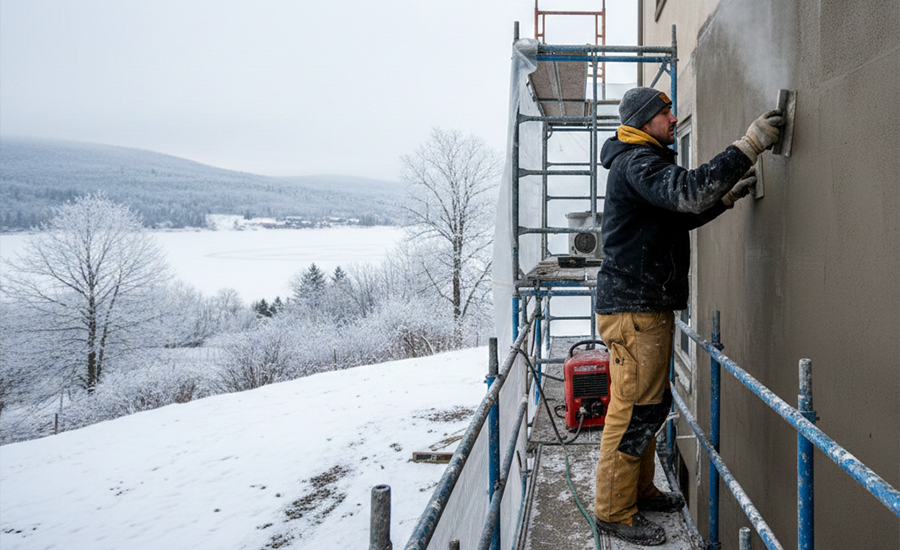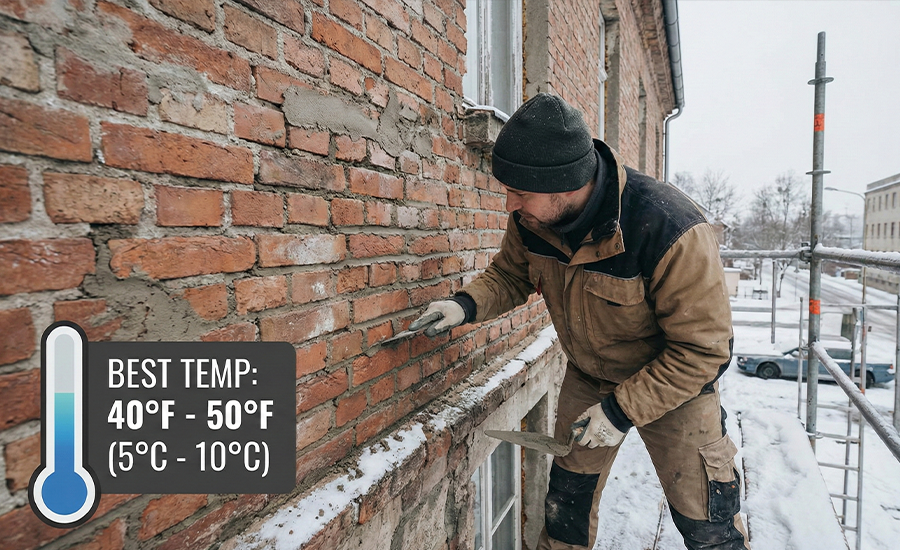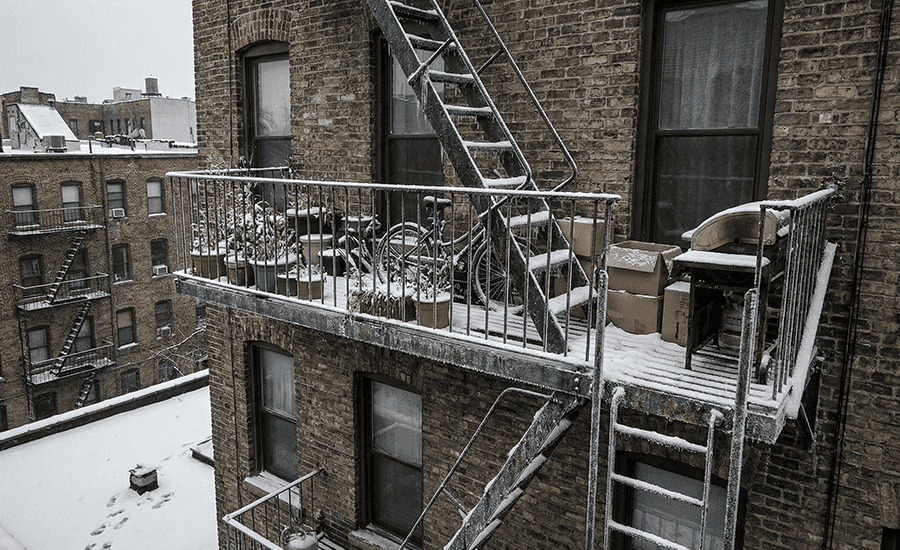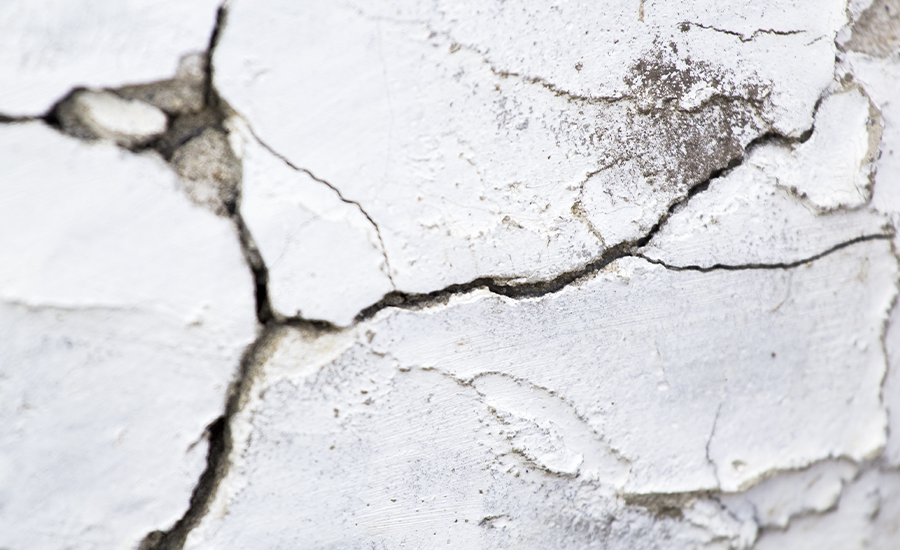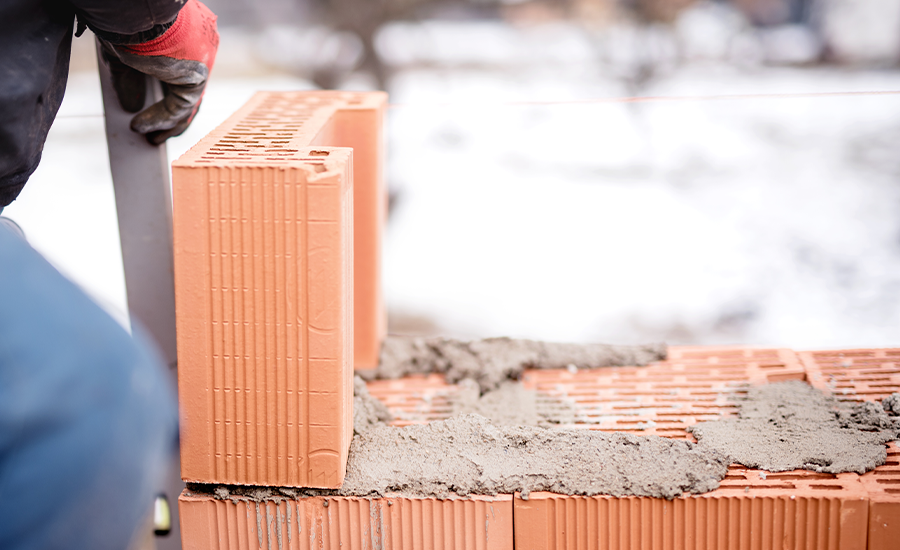This blog post consists of three parts,
- Section 1: Signs of a damaged brick wall.
- Section 2: Brick wall repair method and tips.
- Section 3: How to maintain your Brick wall in the future.
Welcome to our helpful insights, where we provide comprehensive guides for all your construction queries. Today, we will discuss a very unique but important topic. Brick wall repair and what are the 10 vital signs that show your brick wall needs repair?
A brick wall is crucial for the overall safety and aesthetic appeal of your property. However, over time, the strongest brick walls can start to show signs of aging and damage. In this blog article, you will get complete information about the damage signs of your brick plus how can you get rid of old and looking bad brick walls.
Section 1: Signs of damaged brick wall
Cracks:
Cracks in your brick wall can be a telltale sign of structural issues. We’ll explain the different types of cracks, such as vertical, horizontal, and stair-step, and discuss their potential causes. Promptly addressing cracks is essential to prevent further damage.
Loose or Missing Bricks:
The presence of loose or missing bricks compromises the stability of your brick wall. We’ll delve into the risks associated with these issues and explore common causes. Discover why immediate repair is crucial to prevent further damage.
Bulging or Bowing:
Bulging or bowing brick walls indicate serious structural problems. We’ll explain what these issues mean and discuss underlying causes. We strongly emphasize seeking professional assessment and repair for these issues.
Water Damage:
Identifying signs of water damage on your brick wall, such as efflorescence and discoloration, is essential for preventing long-term structural issues. We’ll discuss the consequences of untreated water damage and provide practical solutions.
Mortar Decay:
Deteriorating mortar can significantly impact the stability of your brick wall. We’ll guide you on how to identify mortar decay and explain the importance of repairing or replacing deteriorated mortar.
Spalling bricks:
Spalling bricks, also known as brick flaking or crumbling, is a common sign that your brick wall needs repair. This occurs when the surface layer of the bricks starts to deteriorate and break away, leaving behind rough and uneven patches.
Efflorescence:
Efflorescence is a common sign that your brick wall may need repair. It occurs when white, powdery deposits form on the surface of the bricks. Salts that have moved to the surface due to water evaporation are contained in these deposits. Water seeping into the brickwork and dissolving soluble salts inside the brick or mortar joints is one potential source of efflorescence. These unattractive salt deposits are left behind as this water evaporates.
Not only does efflorescence detract from the appearance of your brick wall, but it can also indicate more serious underlying issues.
Sunken areas:
Sunken areas in a brick wall can be a cause for concern and indicate underlying structural issues. If you notice sunken spots or depressions in your brick wall, it’s important to address them promptly to prevent further damage.
Vertical cracks:
Vertical cracks in a brick wall can be an alarming sight. These cracks run straight up and down, following the vertical lines of the bricks. While they may seem small at first, vertical cracks can indicate underlying structural issues that require immediate attention.
One possible cause of vertical cracks is a settlement or shifting of the foundation beneath the wall. As the ground moves, it can put pressure on certain areas of the wall, causing cracks to form vertically.
Horizontal cracks:
Horizontal cracks are another sign that your brick wall may need repair. These cracks run parallel to the ground and can indicate a serious structural issue.
One possible cause of horizontal cracks is excessive moisture. When water seeps into the mortar joints, it can weaken the bond between bricks and cause them to shift horizontally. This can lead to cracking over time.

Section 2: Brick wall repair method and tips
DIY vs. Professional Repair:
When it comes to brick wall repair then you have two approaches. Do it yourself (DIY) approach and hire a professional approach. We’ll help you decide whether a DIY approach or hiring professional brick wall repair contractors is the best option for your specific needs. We’ll outline the benefits of professional help and provide guidance on simple repairs homeowners can tackle themselves.
Steps for DIY Brick Wall Repair:
The DIY approach can be useful when it comes to smaller repairs. Fixing mortar joints, minor cracks, or changing a loose brick are simple repairs and you can easily do it at your home. For smaller repairs, such as fixing minor cracks, we’ll provide a few considerations for DIY repair.
- Time and effort consuming
- Need some skill set
- Property safety measures
- While it saves money but does not provide long-term durability.
Hiring a Brick Wall Repair Contractor:
When it comes to complex issues or larger-scale repairs, it’s essential to find a qualified and experienced contractor. There are many benefits of hiring a brick wall repair contractor, some of which are below;
- Experience and expertise that can provide accurate results
- Professionals know how to handle every brick and maintain the overall aesthetic look
- Provides long-term durability
- Efficient and timely repair
- Quality and safety
Section 3: How to maintain your Brick Wall in the Future
Regular Inspection:
Regular visual inspections are crucial for identifying early signs of damage. We’ll advise homeowners on conducting periodic inspections and highlight specific areas to focus on during the process.
Proper Drainage:
Proper drainage plays a significant role in preventing water damage to your brick wall. We’ll provide tips on improving drainage around your property to safeguard your brick wall’s integrity.
Cleaning and Sealing:
Regular cleaning and sealing of your brick wall help maintain its longevity and appearance. We’ll discuss the benefits of cleaning techniques and recommend appropriate sealants for optimal protection
Conclusion
Taking good and initial steps towards your damaged brick wall will help you to maintain the aesthetic appeal of your property. Now, With the help of this useful guide, you can point out the 10 signs of aging brick. Also completely understand how to repair the brick walls with the DIY method or at what time you need a brick wall repair contractor.
Addressing these issues promptly by hiring experienced brick wall repair contractors ensures that any necessary repairs are done correctly and prevents further damage from occurring. To maintain the appeal, usefulness, and safety of your brick walls, keep in mind that routine maintenance and prompt repairs are essential.
Don’t think much until it’s too late. If you observe any of the mentioned signs on your brick wall then take immediate action as soon as possible. Your investment in quality repairs will increase the structure’s longevity and provide you peace of mind knowing that you’ve done your part to keep yourself and the people around you safe.


